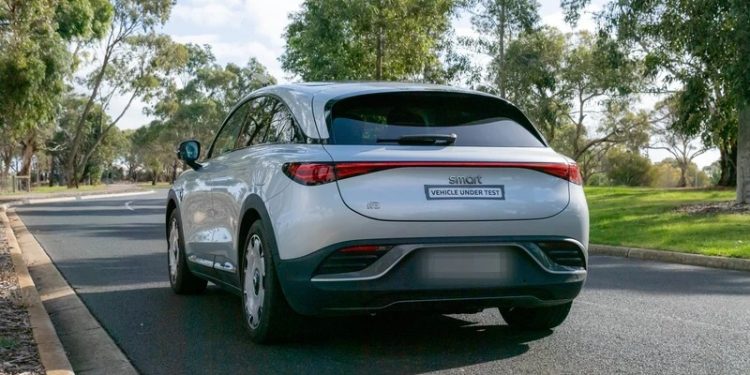Some EVs fall short on claimed range
An Australian motoring group, the AAA, has found that some EVs fall short of advertised range by almost one-quarter. However, others come close to lab test results in the real world.
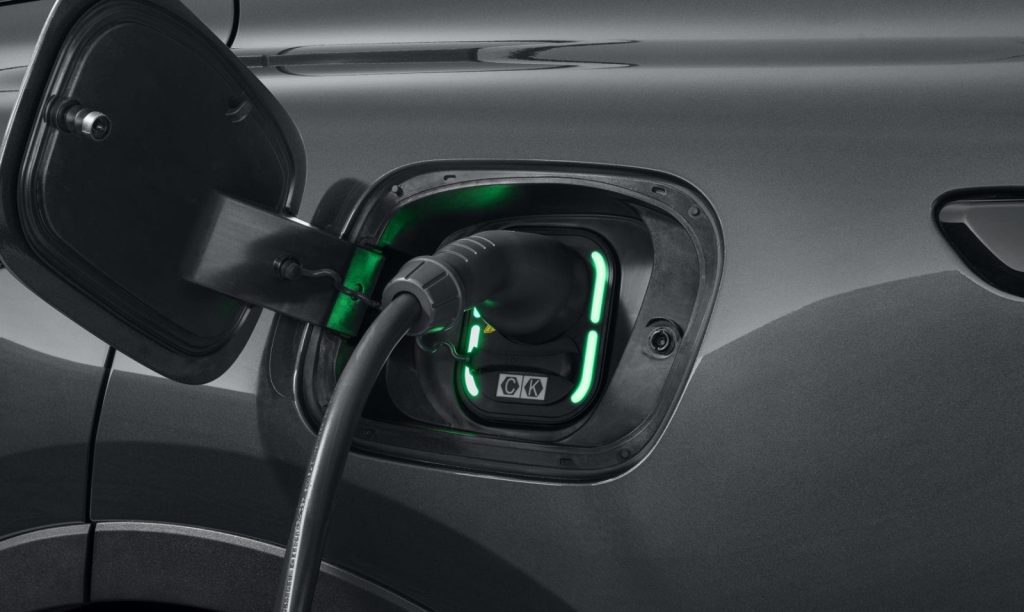
The Australian Automobile Association tested vehicles from Tesla, BYD, Kia and Smart in a bid to give consumers more accurate information on real-world range. The government-funded programme revealed that the true driving range of five popular electric vehicles is between five and 23 per cent lower than results from laboratory testing. Most though were under 10 per cent out.
These are the first EVs the AAA has evaluated in its four-year, federally funded Real World Testing Programme. It is designed to give consumers more accurate information on real-world vehicle performance.
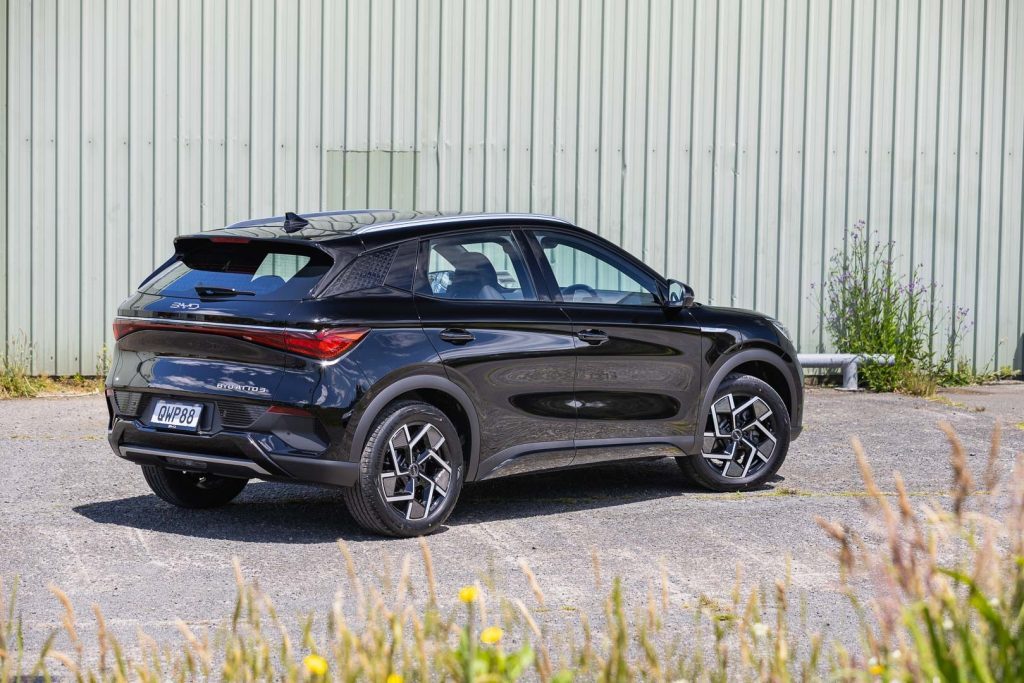
The extended range variant of the BYD Atto3 had the largest variance, according to the AAA, with a real-world range of 369km. That was 23 per cent lower than the 480km achieved in laboratory testing. The Smart #3 had the lowest discrepancy, out by only five per cent.
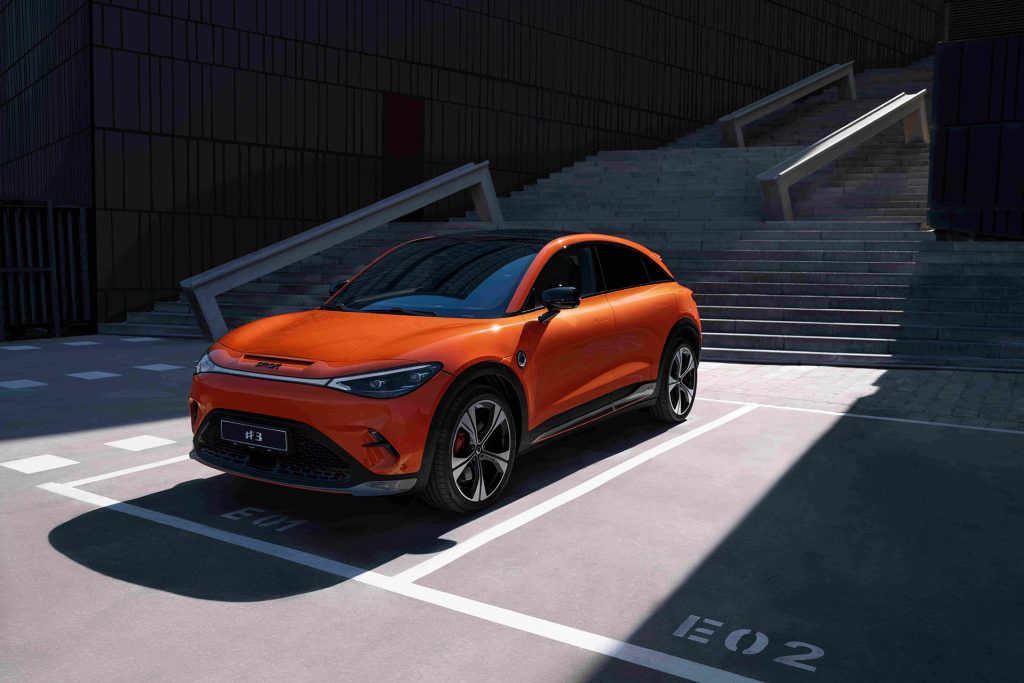
Tesla’s Model 3 had a real-world range 14 per cent lower than suggested. Meantime, sibling Model Y and the Kia EV6 both had a real world range variance eight per cent below predicted.
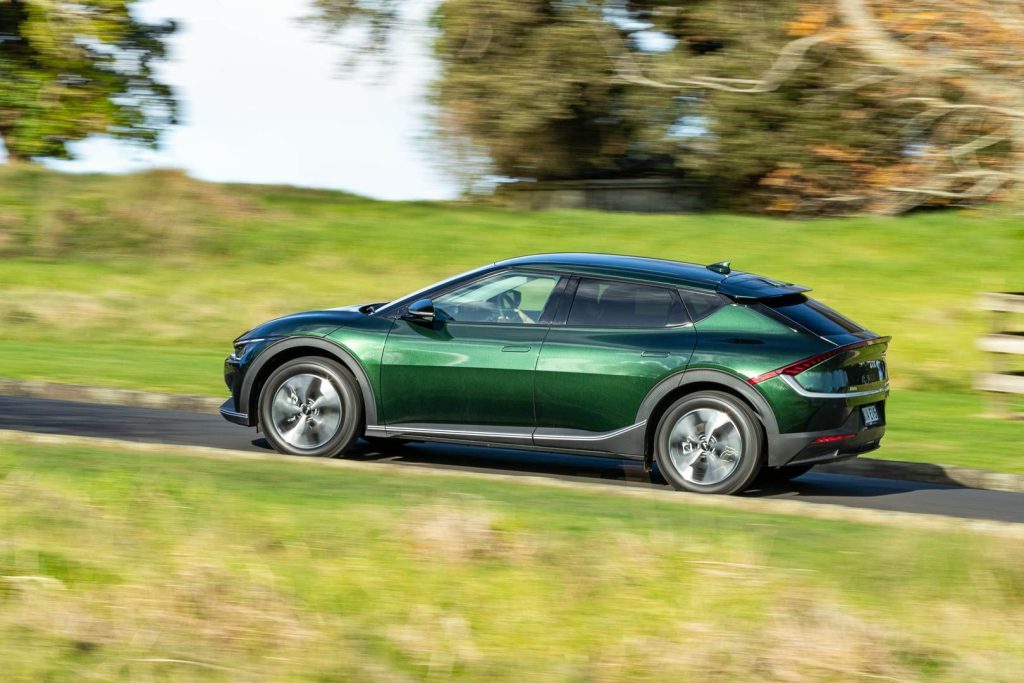
Despite the variations, both the AAA and electric vehicle industry representatives said the results should reduce range anxiety among consumers looking to buy an EV.
The Electric Vehicle Council industry body’s Aman Gaur said the AAA’s results should “give confidence that EVs have more than enough range for everyday” use.
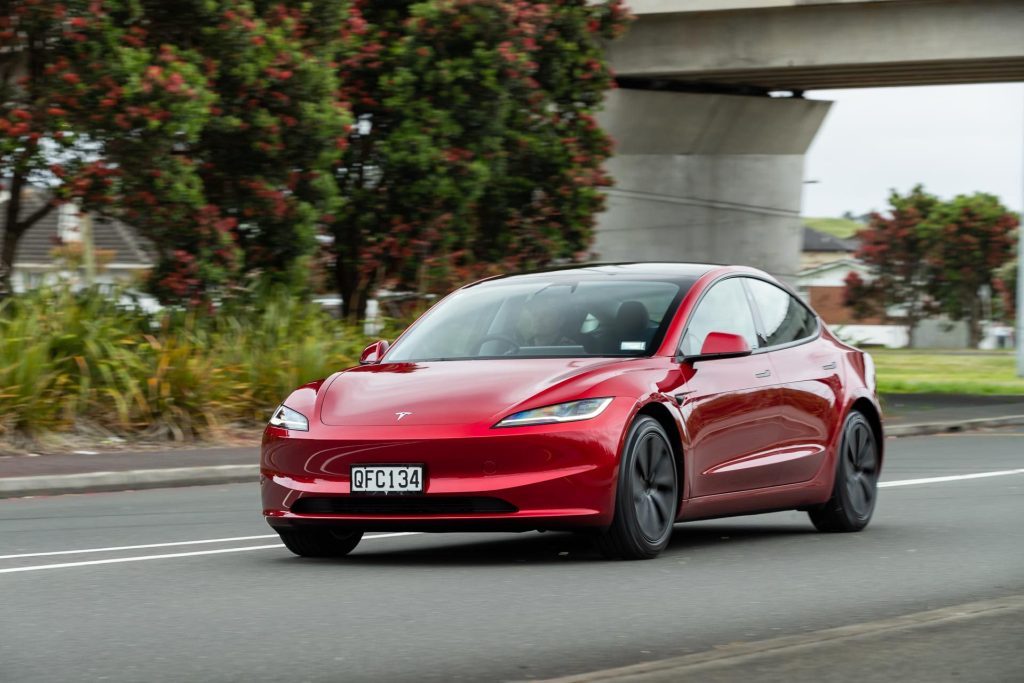
He added that the average person drives around 33km per day. This means that an EV with a range of 350km can be driven for more than 10 days before needing to be recharged.
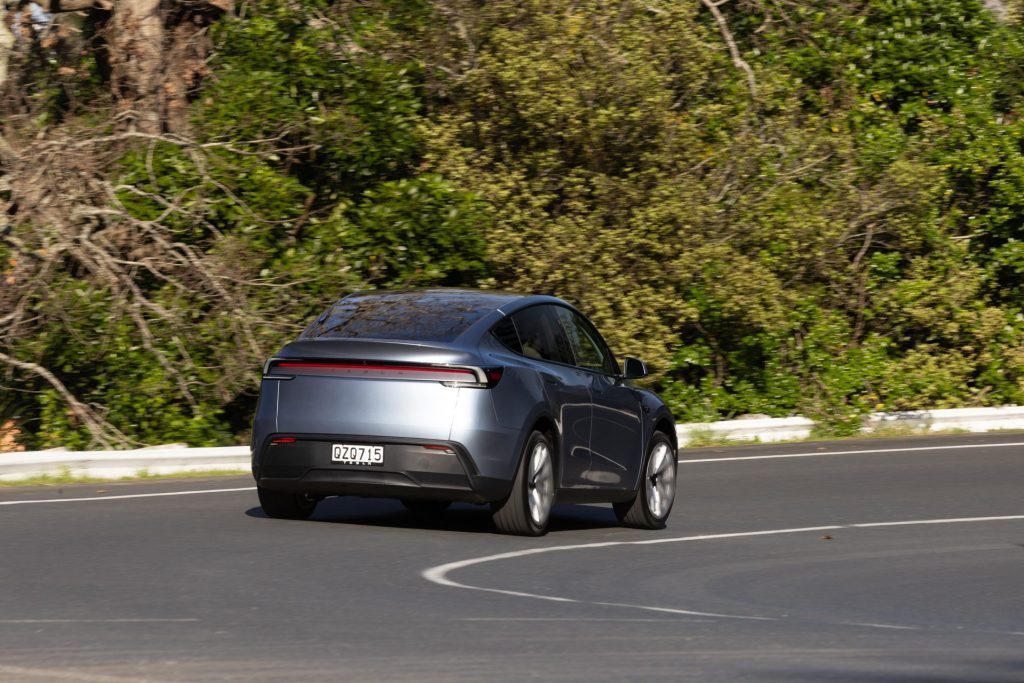
The results provide more reassurance than recent AAA tests on 114 petrol, diesel and hybrid vehicles. Results showed that 77 per cent used more fuel than advertised. One in five also produced more emissions than lab tests suggested they should.
The AAA’s managing director, Michael Bradley, said that the Real World Testing Program had found consumers couldn’t always rely on the laboratory tests as an indicator of real-world performance.
“As more EVs come on stream, our testing will help consumers understand which new market entrants measure up on battery range” he said.
Vehicles involved complete a 93km circuit of urban, rural and highway roads around Geelong in Victoria, using protocols based on European regulations. For electric vehicles, the program also measures how much electricity is needed to operate the vehicle during the test.
While the five EVs involved used more energy in real-world driving conditions than in the lab, that’s not surprising.
“Given the unpredictable nature of driving, it’s inherently challenging for manufacturers to provide real-world estimates.”
A spokesperson from smart EVs said: “To achieve such a low five per cent variation is, we consider, a testament to the leading battery and overall EV technology that underpins the smart brand.”
“We thank AAA for the work they undertook to give consumers a real-world view of the performance of EVs that, hopefully, further alleviates any residual range anxiety and helps to act as incentive to experience the future of urban motoring.”


